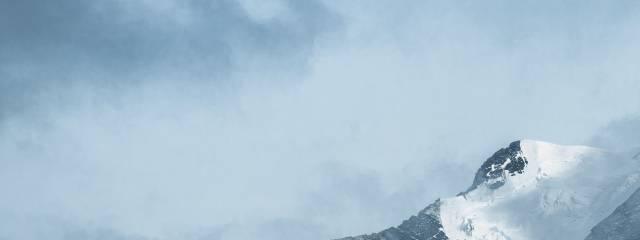| acupoint | Zhongfu |
| alias | Fuzhongshu, Yingzhongshu, Yingshu |
Mu point of lung, Lingshu-Weiqi: "Hand taiyin...its branch is on the internal axillary artery." Ma Shi's note: "Zhongfu (LU1) point"; intersecting point: Suwen-Cire Wang Bing's note: Where hand and foot taiyin meet.
bubble_chart Etymology
"Zhong" (中), the middle jiao's qi; "fu" (府), mansion, gathering place. Hand taiyin lung meridian (LU) receives the qi of water and grains from the middle jiao, from which it emerges and reaches the exterior. Huangdi Neijing Mingtang Yang Shang-shan note: "'fu' (府) means gathering. The spleen and lung combine their qi at this point, hence it is called 'Zhongfu' (middle palace)." The point is located on both sides of the chest, so it is also called "Yingshu" (Suwen-Shuirexue Lun Wang Bing's note) and "Yingzhongshu" (Zhenjiu Jiayi Jing).
.webp)
(adapted from "Meridians and Acupoints")
On the upper lateral part of the anterior chest wall, 6 cun lateral to the anterior midline (Huagai (CV20)), in the depression at the level of the 1st intercostal space. It is located inferior-medial to the coracoid process of the scapula, at the lateral border of the 2nd rib, 1 cun superior to Yunmen (LU2).
- Zhenjiu Jiayi Jing: "One cun below Yunmen (LU2), In the depression of the third intercostal space above the nipple";
- Qianjin Yaofang: "One version states it is 1 cun and 6 fen";
- Suwen-Cire Wang Bing's note: "On both sides of the chest, six body cun apart";
- Zhenfang Liuji: "Lateral to the conception vessel at Huagai (CV20), 6 cun on each side";
- Zhenjiu Jicheng : "2 cun above Zhourong (SP20), slightly 3 fen lateral" .
- Muscles: pectoralis major and pectoralis minor;
- Nerves: middle branch of the supraclavicular nerve, lateral skin removal of the deep medial first intercostal nerve, and lateral branch of the prethoracic nerve.
- Vessels: thoracoacromial artery and vein. The axillary vein originates from the lower and outer sides, runs inward close to the medial wall of the axilla, and intersects with the sagittal axis of the acupoint. The axillary artery and brachial plexus nerve trunk pass outside the axillary vein.
Slightly oblique insertion 0.5 to 1 cun outward, taking care not to injure the axillary artery, vein and brachial plexus trunk. Do not puncture deeply toward the medial intercostal space to avoid accidentally entering the chest and injuring the lungs. Moxibustion with moxa cone 3 ~ 5 rounds, moxibustion with moxa stick 10 ~ 15 minutes.
Clear and disperse lung qi, purge pathogenic heat in the chest.
- Classical: cough, asthma, qi counterflow, cough and vomiting, pus and blood, lung distension, lung abscess, pulmonary tuberculosis, chest pain, chest impediment, chest fullness, chest heat, choking on food, Acid regurgitation, abdominal distension and fullness, irritability, sweating, women blowing breasts, facial swelling, stuffy nose, pharyngitis, galls, shoulder and back pain, skin and bone pain.
- Modern: bronchitis, pneumonia, pulmonary disease, angina pectoris, myocardial infarction.
- Lung pain: Zhongfu (LU1), Shenshu (BL23), Hegu (LI4).
- Chocked: Zhongfu (LU1), Yishe (BL49).
- Swollen and painful breasts: Tanzhong (CV17), Zhongfu (LU1), Shaoze (SI1), Dadun (LR1 ) pharyngitis, chest congestion, Hanre: Zhongfu (LU1), Yangjiao (GB35).
- When pathogenic factor is in the lung, it causes symptoms such as skin pain, chills and fever, shortness of breath, wheezing, sweating, and coughing affecting the shoulders and back: Zhongfu (LU1), Feishu (BL13 ).
- cough: Zhongfu (LU1), Feishu (BL13), Kongzui (LU6).
- asthma: Tanzhong (CV17), Zhongfu (LU1), Dingchuan (EX-B1), Neiguan (PC6) .
- Pneumonia: Zhongfu (LU1), Dazhui (GV14).
- Lung Jiehexue: Zhongfu (LU1), Feishu (BL13).
bubble_chart Other Related Items






